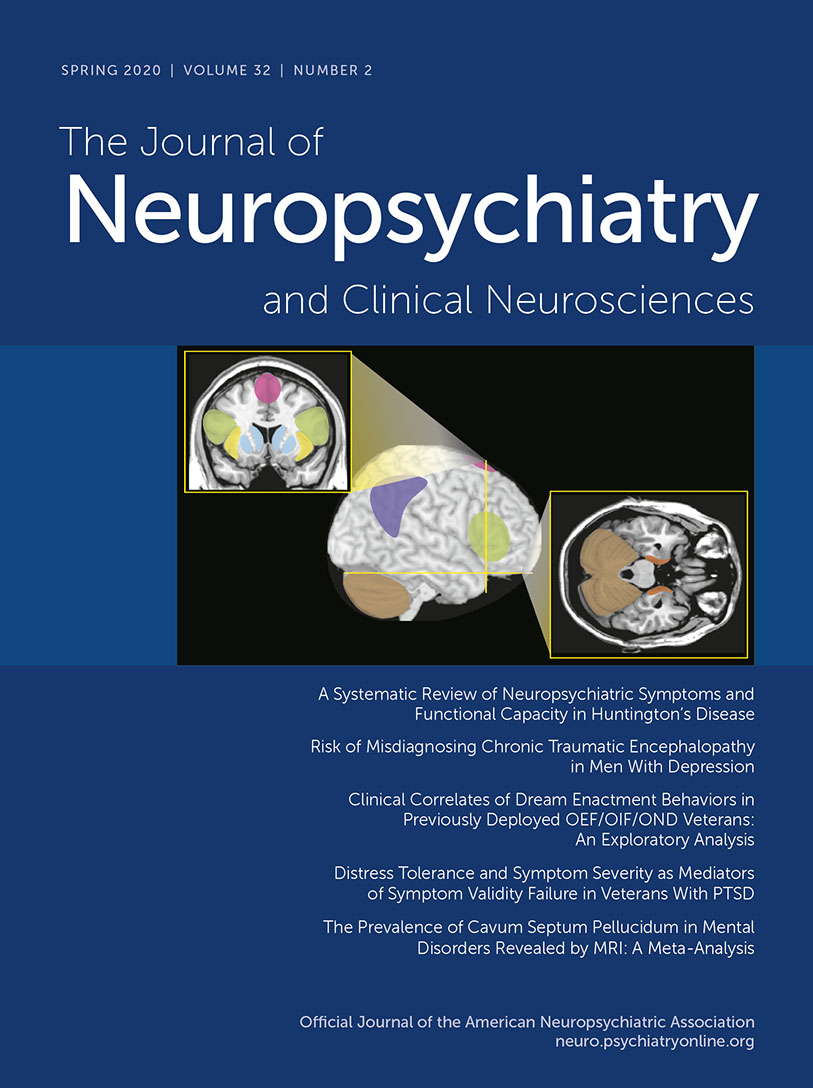Message Framing and the Willingness to Pursue Behavioral Therapy: A Study of People With Migraine
Abstract
Objective:
Behavioral treatments for migraine prevention are safe and effective but underutilized in migraine management. Health message framing may be helpful in guiding patients with treatment decision making. The authors assessed associations between message framing and the willingness to seek migraine behavioral treatment among persons with a diagnosis of migraine headache.
Methods:
A total of 401 individuals (median age=34 years [interquartile range, 12 years]) who screened positive for migraine, as determined by the American Migraine Prevalence and Prevention questionnaire, were assessed. Participants were randomly assigned to receive one of four message frames using TurkPrime: specific loss framing (N=101), specific gain framing (N=98), nonspecific loss framing (N=102), and nonspecific gain framing (N=100). The message frames were initially piloted for 56 participants and then revised by a headache specialist, with input from a communications specialist, and randomly distributed to the larger sample.
Results:
More than two-thirds of participants (70.3%) were women. The median number of headache days per month was 5 (interquartile range, 5.3). Some of the participants (12.5%) had previously used evidence-based behavioral therapy for migraine. No significant differences in the willingness to pursue behavioral treatment for migraine between the four message framing groups were found. The median for all four types of message frames was 4 (interquartile range, 1; Kruskal-Wallis H, p=0.41).
Conclusions:
Findings revealed that message framing was not associated with willingness to seek behavioral therapy for migraine.



